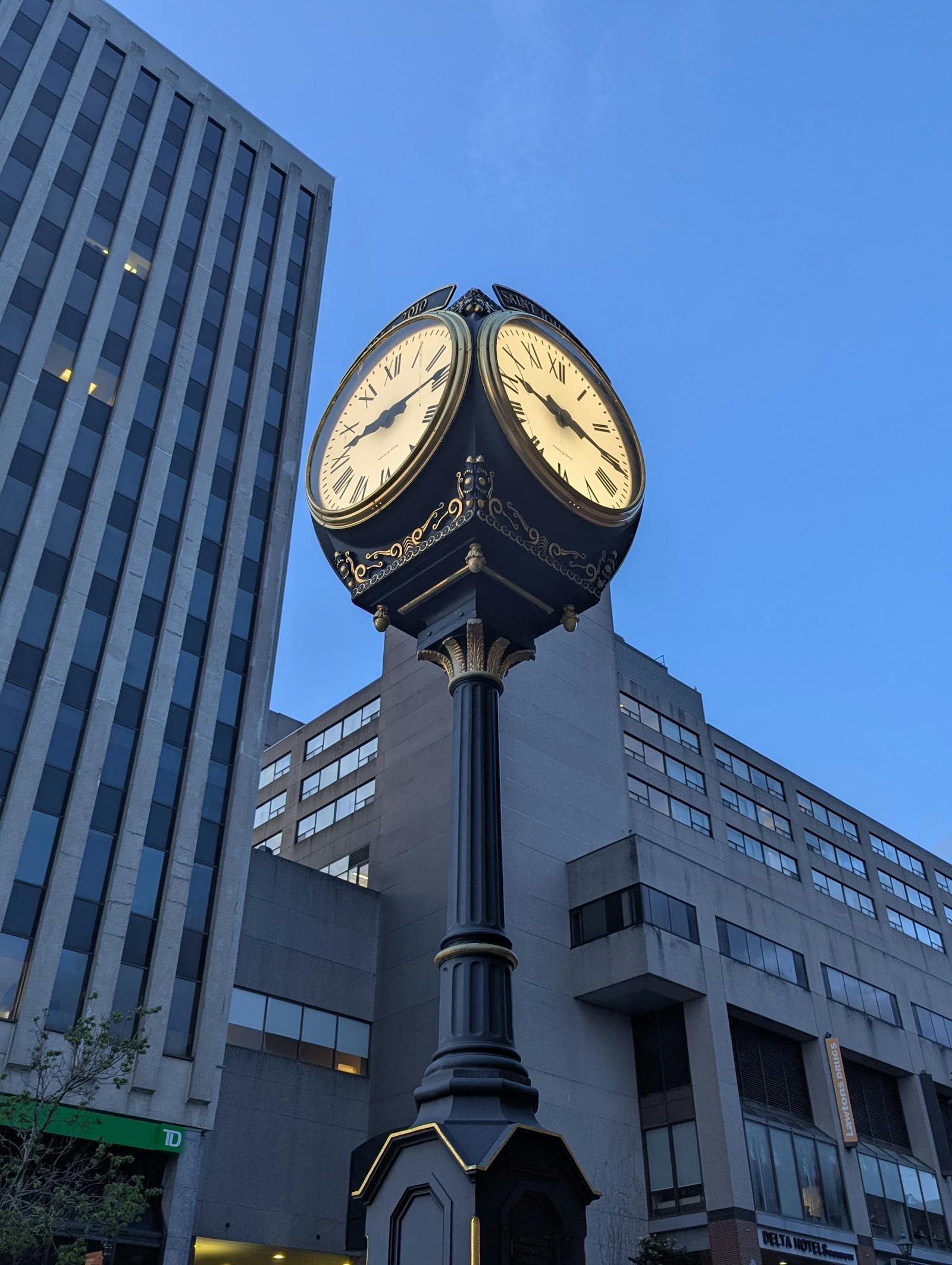Thinking about moving to Saint John, New Brunswick? You’re not alone. More and more families, professionals, and retirees are discovering this Maritime gem, drawn by its affordable housing, coastal beauty, and strong sense of community. As Atlantic Canada’s first incorporated city, Saint John offers a unique mix of history and modern living.
Whether you’re relocating from another province or moving across town, this guide will walk you through what life in Saint John looks like, from the real estate market to lifestyle, schools, and the local economy.
Why Move to Saint John?
Saint John is the only city on the Bay of Fundy, famous for the world’s highest tides. But beyond its natural wonders, it’s an increasingly attractive place to live for several reasons:
Affordability: Compared to major Canadian cities, the cost of living in Saint John is significantly lower.
Community Feel: Despite being a city, Saint John offers a small-town atmosphere with welcoming neighbourhoods.
Location: With easy access to Moncton, Fredericton, and the U.S. border, it’s a convenient hub.
Lifestyle: Residents enjoy beaches, trails, art galleries, and thriving local restaurants, all without long commutes.
Saint John Real Estate Market
Housing Affordability
One of the biggest draws for newcomers is the Saint John real estate market. Home prices here remain among the most affordable in Canada, making homeownership achievable for many first-time buyers.
Types of homes: Buyers will find everything from heritage homes in Uptown to modern builds in Millidgeville, to family-friendly properties in East and West Saint John.
Price range: Compared to cities like Toronto or Vancouver, the average price of a home in Saint John is often less than half, making it a top choice for relocation.
Rental market: Affordable rentals are available, though demand is increasing as more people move to the region.
Neighbourhoods to Consider
Uptown Saint John: Historic charm, walkable streets, and vibrant restaurants. Perfect for professionals and young couples.
Millidgeville: A mix of new and established homes, with easy access to hospitals and schools.
East & West Saint John: Family-friendly with affordable options and great access to shopping.
Suburbs like Quispamsis & Rothesay: Just outside Saint John, offering larger homes, excellent schools, and strong community spirit.
Employment & Economy
Relocating often comes with job considerations. Saint John’s economy is diverse and growing.
Industries: Healthcare, manufacturing, energy, shipping, and technology are key drivers.
Employers: Companies like J.D. Irving, Irving Oil, Port Saint John, and Horizon Health Network are major employers.
Remote work: With the rise of flexible work, many professionals are choosing Saint John for its affordability while working for employers across Canada.
Education & Schools
Families relocating to Saint John have a range of schooling options.
Public schools: Managed under the Anglophone South School District, offering both English and French immersion programs.
Private options: Private schools located in nearby Rothesay, including Rothesay Netherwood School.
Post-secondary: The University of New Brunswick (Saint John campus) and New Brunswick Community College provide strong higher education options.
Lifestyle & Things to Do
Moving to Saint John isn’t just about affordability; it’s about lifestyle.
Outdoor Recreation
Beaches like Mispec and New River Beach are nearby.
Rockwood Park offers trails, lakes, and activities right in the city.
Boating, kayaking, and fishing are popular along the Kennebecasis River and the Bay of Fundy.
Arts & Culture
Saint John boasts a growing arts scene with galleries, live music, and theatre.
Uptown is home to local boutiques, restaurants, and coffee shops.
Seasonal events like Area 506 Festival and the Uptown Sparkle bring the community together.
Can’t forget about the Imperial Theatre; a show here is a must-see.
Food & Dining
From fresh seafood to cozy pubs, Saint John offers a mix of local favourites and international cuisine. Uptown is especially known for its growing culinary scene.
Moving Tips for Newcomers
Get Pre-Approved Early
If you’re planning to buy, securing mortgage pre-approval helps you compete in a busy market.
Connect with a Local REALTOR®
The Saint John market has its own unique trends and opportunities. A local expert helps you find the right neighbourhood and property.
Explore Before You Buy
Spend time in different areas, Uptown, East, West, Millidgeville, Rothesay, and Quispamsis, to see which best fits your lifestyle.
Future Outlook for Saint John
With more Canadians seeking affordability and work-life balance, Saint John is set for steady growth. Housing demand is expected to rise as relocation to New Brunswick increases, meaning now is a great time to consider moving here.
For sellers, this demand helps ensure strong resale value. For buyers, Saint John offers an incredible opportunity to own a home in a community with a bright future.
Conclusion
Relocating to Saint John, NB, means more than just moving to a new city; it’s embracing a lifestyle built around affordability, community, and natural beauty. With a strong real estate market, diverse neighbourhoods, and a welcoming atmosphere, it’s no surprise that Saint John is becoming one of Atlantic Canada’s most sought-after destinations.
👉 Are you thinking about moving to Saint John? Drop your questions or share your story in the comments. I’d love to hear what excites you most about living here!






